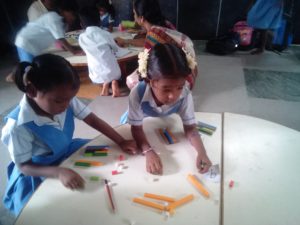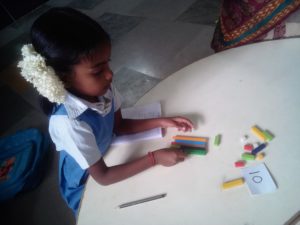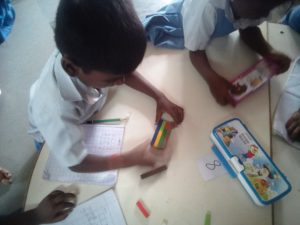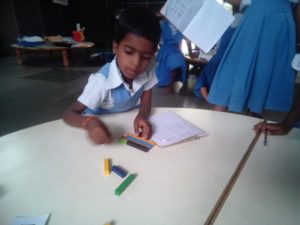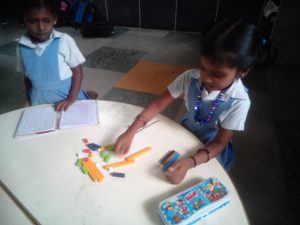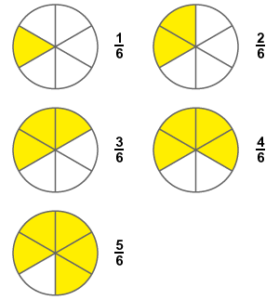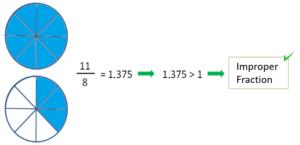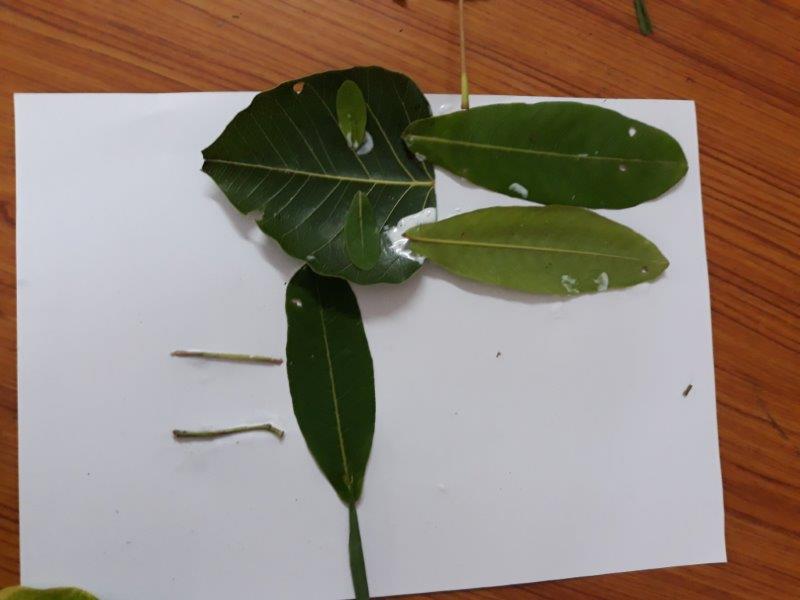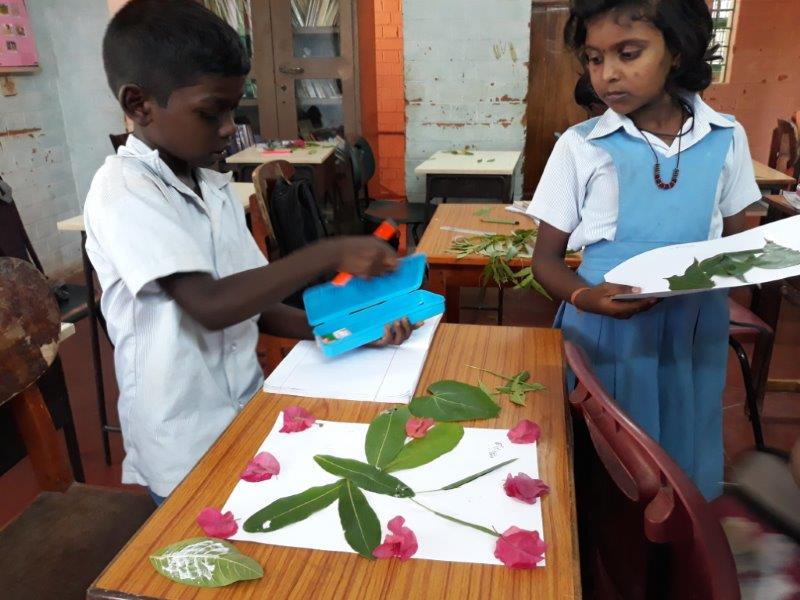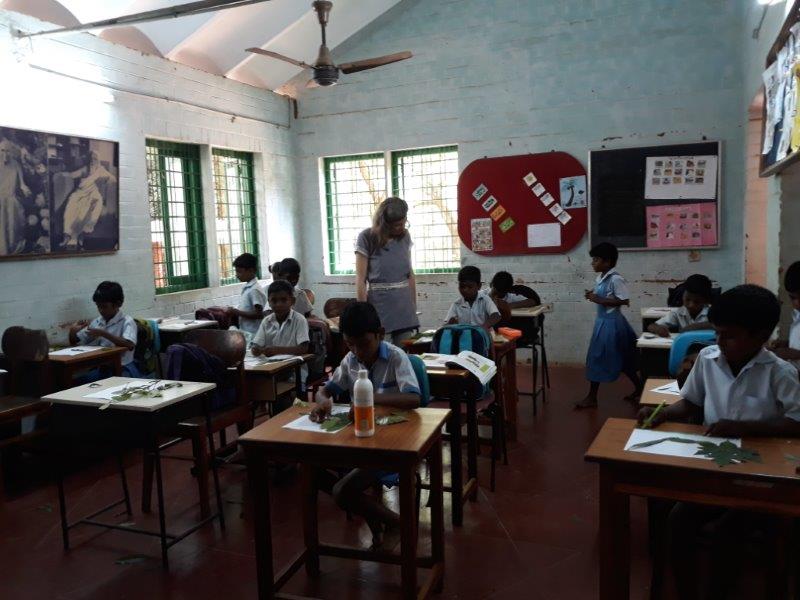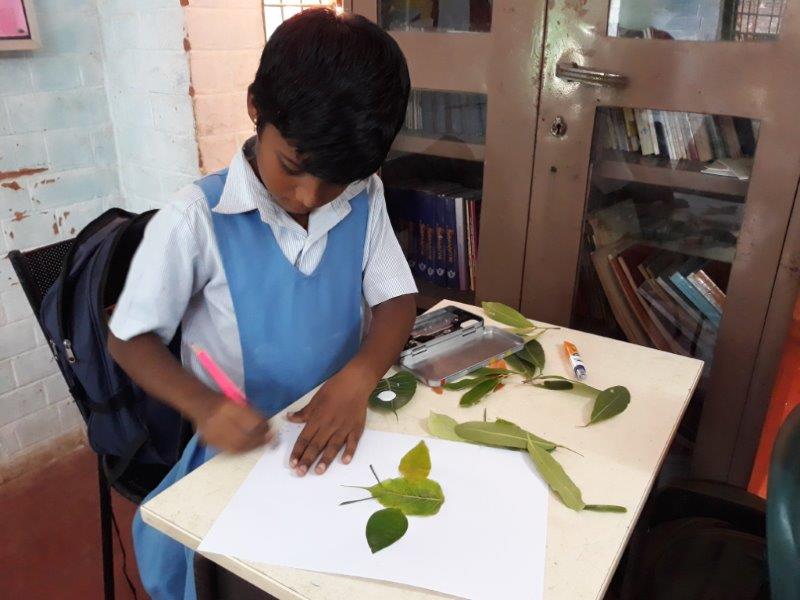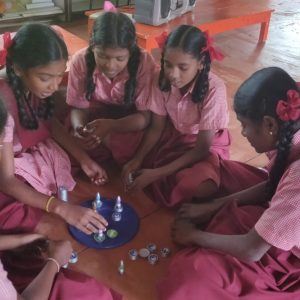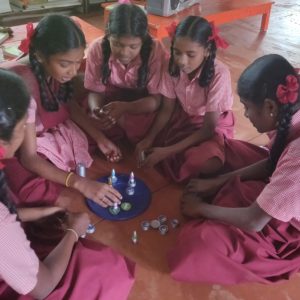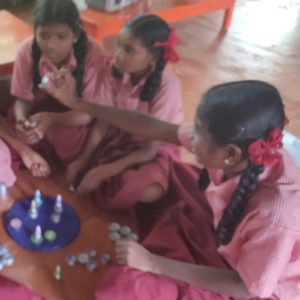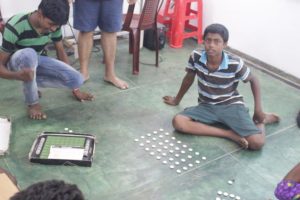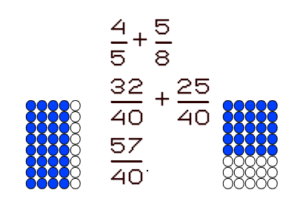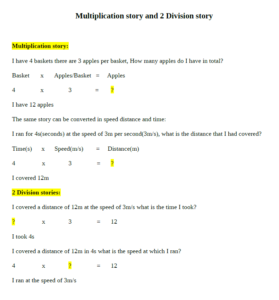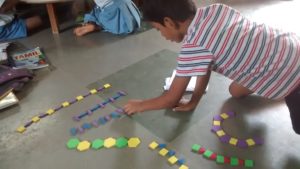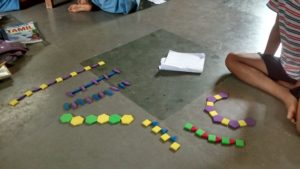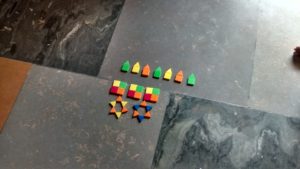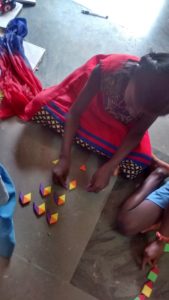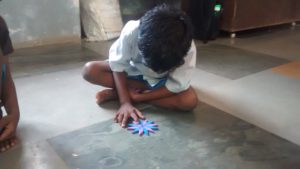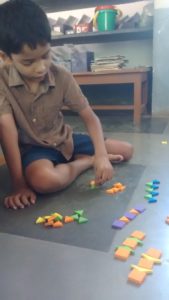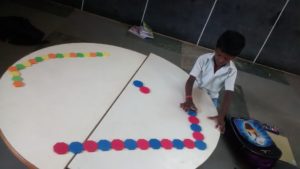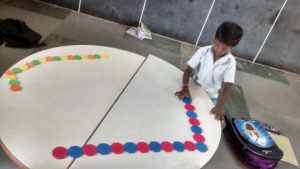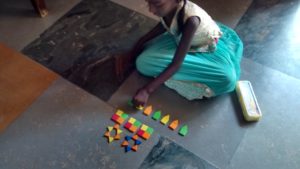With the beginning of the term it was the first few classes for the 7th graders who came in fresh to the STEMLand at Udavi. Children worked on various topics, some chose algebra and to start they began with the ‘Algebra with pen’.
This module works as the following:
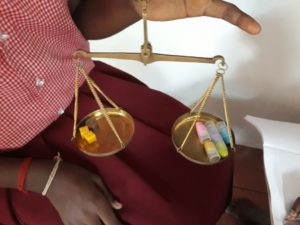 Children weigh different number of objects of the same kind ( here Monisha has kept 5 pieces of erasers that weighed to 12 grams).
Children weigh different number of objects of the same kind ( here Monisha has kept 5 pieces of erasers that weighed to 12 grams).
Thus creating a story for the others, saying ‘If 5 erasers weighs 12 grams how much would one weigh?’
And the others would do the calculation and respond to here.
initially the girls were interested in doing this, they had weighed different objects and found out the expressions and then determined how much each object weighed, and then generalized it to other real life objects.
As a few boys had this in their weekly plan they were eager to learn, but did not know how to use the materials, Monisha and Pavitha were excited in demonstrating this and so began the experiments to determine the unknown.
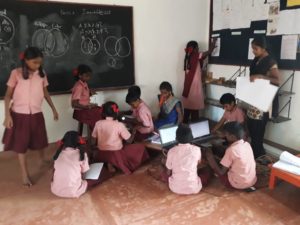
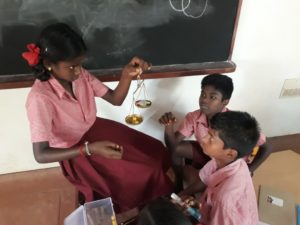
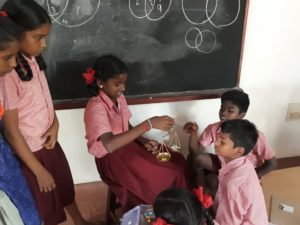
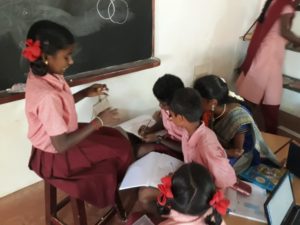
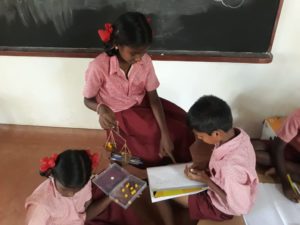
The children used the dienes blocks to evaluate 1 gram of the object and other weighing stones of standard weights.
